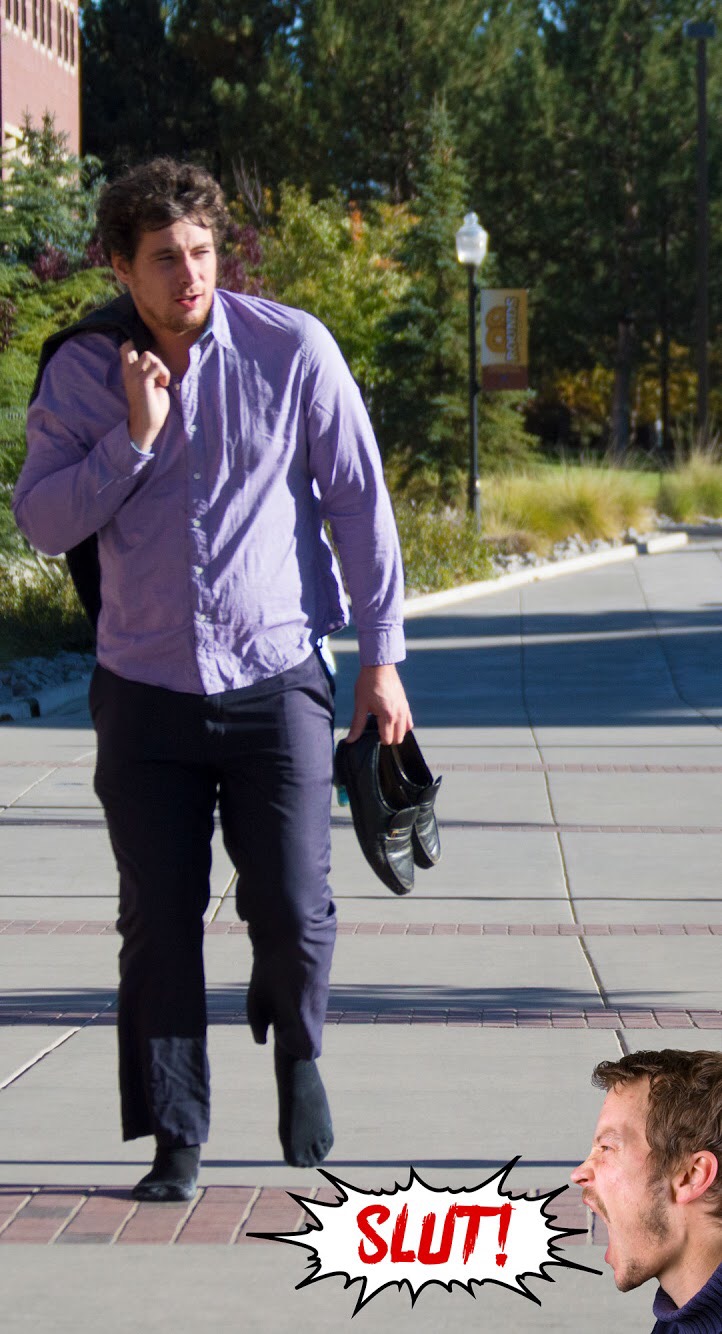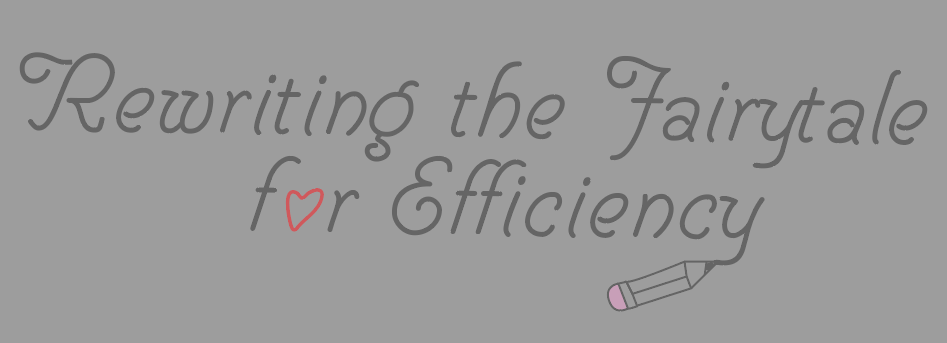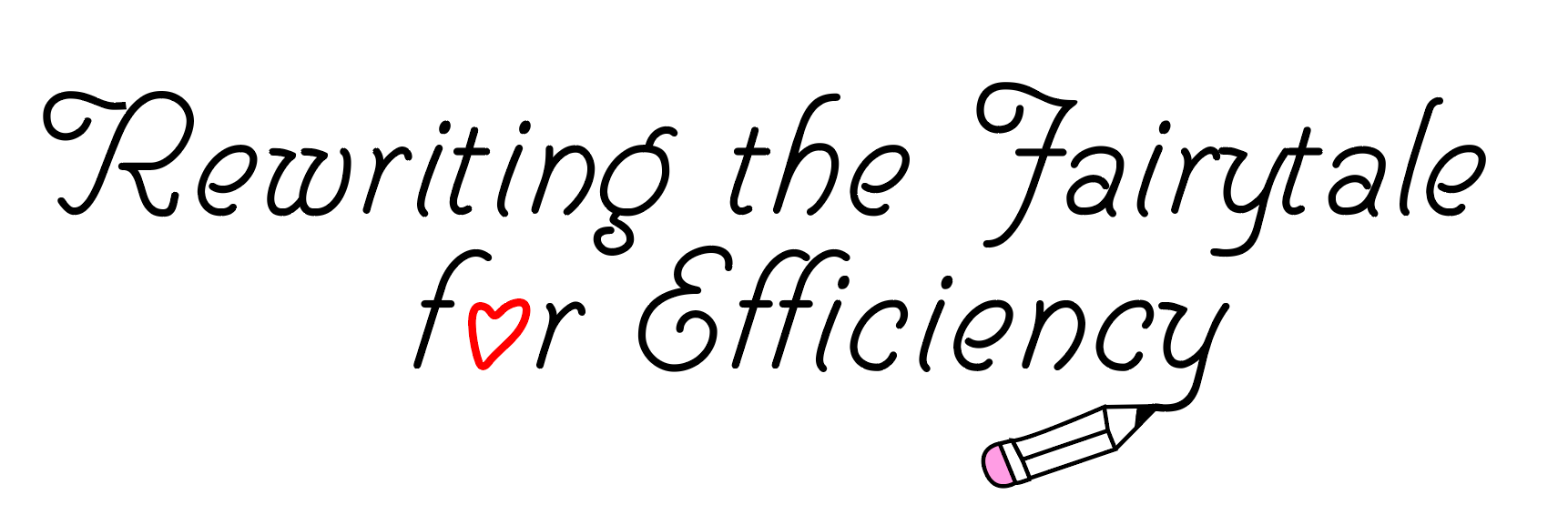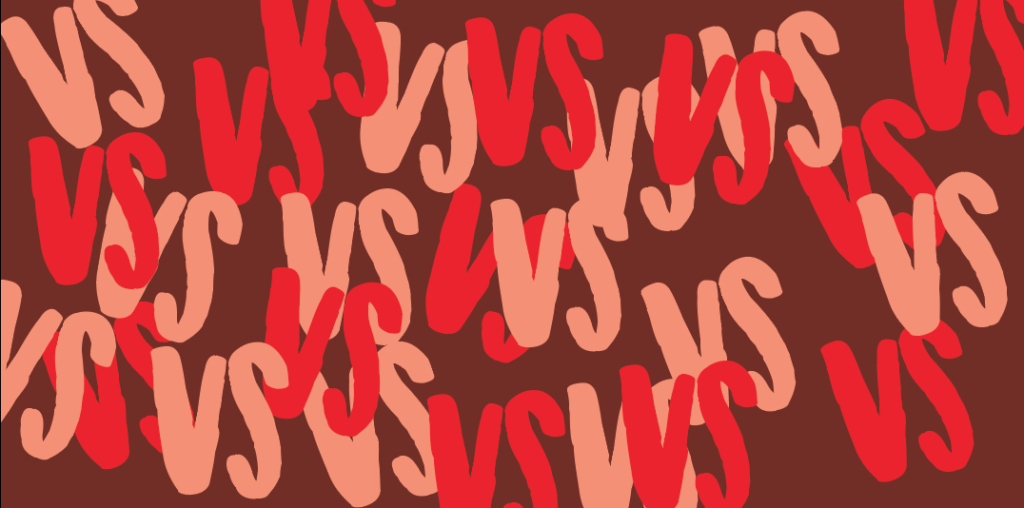 Sexual equality is not gender equality. Sexual equality is the freedom to express yourself and your sexual desires on a healthy, appropriate level just as much as the opposite sex. It’s being able to initiate courtship just because it’s what you want. It’s not being afraid of what people will think of you or your behavior. Sexual equality is being able to freely communicate and act on your sexual desires, so long as it harms no one, without fear of being shunned or outcast. Sexual equality is the idea of treating men and women as equals, whether it’s a long-term, committed relationship, or a casual “hook-up.”
Sexual equality is not gender equality. Sexual equality is the freedom to express yourself and your sexual desires on a healthy, appropriate level just as much as the opposite sex. It’s being able to initiate courtship just because it’s what you want. It’s not being afraid of what people will think of you or your behavior. Sexual equality is being able to freely communicate and act on your sexual desires, so long as it harms no one, without fear of being shunned or outcast. Sexual equality is the idea of treating men and women as equals, whether it’s a long-term, committed relationship, or a casual “hook-up.”
In her book Hard to Get: Twenty-Something Women and the Paradox of Sexual Freedom, psychotherapist Leslie Bell talks about the social pressures young women encounter when it comes to sex. She mentions a 28-year-old girl named Claudia, whose “family would be horrified if they knew about the number of sexual partners she’d had, that they would be devastated and disappointed.” Claudia is a sexually active young woman who has difficulty coping with her desires, yet enjoys “the pleasure of being touched by someone she found so attractive.” While men feel free to express and indulge in such desires, women are held to higher societal standards. Bell describes how many young women struggle “in how to manage… their own desires to get what they want from sex and love.” Women are burdened with socialized sexual restraint and a forced moral responsibility that is not experienced by their male counterparts.
Men, for the most part, have the freedom to have sexual relationships without facing familial or societal judgment or condemnation. Women are held to strict expectations when it comes to their sexuality. “Despite all the advances of women over the past fifty years, these experiences are frequently split into masculine and feminine ones, with the masculine being overvalued socially and psychologically.” Women have made leaps and bounds in the professional world, yet have not made much progress in harnessing their right to freely express themselves the same way as men do, sexually. While it may seem perfectly reasonable for women to be able to conduct themselves in an equal manner as men, “there is a fine line between being experimental and being a slut.”
While gender equality has made significant advances, it still needs work, and it is not sexual equality. “The current average age of first sexual intercourse for girls is seventeen, leaving ten years of sexual and relationship activity before the current average age of marriage at twenty-seven.” That leaves an average period of ten years for young women to navigate adult life and develop adult relationships, but that can be easier said than done. Women “often contend with messages from their families, religions, and partners that they ought not to be sexually assertive, or sexually active at all.” Women are free to live their lives how they choose, and exercise their personal freedoms, yet from multiple angles those freedoms are severely limited. In a way, a woman’s sexual freedom is merely an illusion of freedom.
In an age of unprecedented gender equality, women are still being taught what is and is not acceptable behavior of them. “Instead of feeling free, twenty-something women are weighed down by vying cultural notions about the kind of sex and relationships they should be having in their twenties.” Young women hear so many different viewpoints on how they should live their lives that many don’t even know what they want. Some look for husbands as soon as possible, whereas others have embraced the idea of sexual exploration and experimentation to the point of blocking out any kind of potential serious relationship. “With relationships, women hear that they ought to use their twenties to ‘live it up’ and not necessarily to be serious about relationships.” It is not uncommon for twenty-something women to fear being tied-down, even when it comes to passing up a real opportunity for a happy and healthy relationship. Human beings need affectionate interaction for optimal emotional stability. Bell states that “young women often struggle to admit that they need anyone, but it’s particularly difficult to say that they need a man.” In wanting desperately to prove their independence, women may be leading healthy sex lives but closing themselves off to love.
Music and television shows flood our minds with archetypes of “independent women,” yet every young woman is closely monitored by those around her for evidence of any “slutty behavior.” The Destiny’s Child song “Independent Women Part 1” called on young girls and women in 2000 to aspire to rely completely on themselves:
The house I live in
I’ve bought it
The car I’m driving
I’ve bought it I depend on me
Those are powerful lyrics. For young girls growing up in households with married stay-at-home moms, it might seem like in order to attain those goals, a girl should never become a married mother. Add another tense factor: the ticking clock. Bell says that modern women “spend their twenties hearing gloomy forecasts about their chances of marriage if they don’t marry before thirty, and their chances of conceiving a baby if they don’t get pregnant before thirty-five.” One idea that echoes throughout a woman’s twenties is: have fun as long as you can, but quit before you fall behind. Here are two prevalent yet contradictory views on how young women should live their lives.
Bell believes that “splitting – a tendency to think in either/or patterns and to insist that one cannot feel two seemingly contradictory desires at once – has become a widespread sociological phenomenon among young women.” Bell describes how the harsh difficulty of trying to reconcile opposing viewpoints within oneself lead women to develop anxieties about sexual relationships. She elaborates:
Confused about freedom and what it is to be a woman today, young women often split their social and psychological options – into independence, strength, safety, and control versus relatedness, vulnerability, need, and desire – as though they’re mutually exclusive and not equally important to human development.
College-age women aspire to be as free, strong, and independent as possible, so they learn to fear anything that can undermine those qualities or be perceived as weakness. “Vulnerability, needs, desires, and intimacy, then, often become new taboos for young women – experiences to be avoided rather than embraced.” In this way, women can become their own worst enemies, as not knowing how to deal with these confusing and conflicting ideologies can become very frustrating and self-detrimental.
Even the sexual health of women is less important to society than the sexual health of men. In her USA Today article “Women’s Sexual Health Deserves Equal Attention,” Laura Berman points out that Viagra was approved for the treatment of male impotence in 1998, yet there is still no FDA-approved medication for successful treatment of female sexual dysfunction. This is another indication that society values the sexual experiences of men over those of women. In a study titled Scripting Sexual Passivity: A Gender Role Perspective, researchers state that “college-aged women who reported engaging in passive sexual behavior also reported less sexual arousability.” So by conforming to traditional gender roles, sexually passive women are effectively enjoying sex less than women with developed sexual agency. Berman states that “in addition to low sexual desire, women also can have problems with arousal, orgasm and pain.” Alleviating these issues would seem to benefit both sexes, so why hasn’t it happened yet? Why is the sexual agency of males more important than that of females?
In a study titled Young Women’s Struggle for Sexual Agency: The Role of Parental Messages, researchers define sexual agency as “initiative-taking, awareness of desire, and the individual’s confidence and freedom to express sexuality in behaviors.” The study confirmed what several previous studies have stated, about the way the modern world views sexuality with each gender. “It seems there is a double standard that young men’s sexual behavior is typical and expected; an innate healthy desire that must be expressed. However, young women’s sex is viewed as inherently more dangerous, more suspect, and thus must be controlled.” Does this sound like the world we live in? Men are expected to hit on women – not the other way around. There is a birth control pill for women, not for men. For ages, women have been socialized into being passive and obedient to men. Less than a century ago, women couldn’t even vote! That is a significant system of control that was only relatively recently relinquished.
It isn’t fair that it’s condonable for men to have sex with whoever they want, whenever they want, when that very philosophy is considered repulsive when utilized by women. Researchers state that “traditional gender-based sexual roles dictate sexual passivity for women but sexual agency for men.” Men are sometimes even encouraged to have sex with as many women as possible – a goal that is somehow immoral for a woman. In American society, there is “a huge responsibility on women and men to experience sex within the limitations of their gender roles.” Men are expected to do the courting. Men are expected to entertain sexual pursuits. Shannon K. Gilmartin, Senior Research Scientist at the California Institute of Technology, finds “the pressure [men] feel to be sexually active just as intense as is the pressure to avoid sex and stifle sexual feelings among women.” Men are more or less expected to fool around with as many women as they want. Women are expected to engage in conventional dating and traditional relationships, and to “avoid at all costs being viewed as a slut.” Women have to constantly make choices keeping in mind their best image.
These differences in societal limitations come “from subtle and insidious cultural factors such as patriarchy… that stigmatize sexual activity outside of the marriage bed.” If a man engages in sexual activity on a frequent basis, with possibly multiple partners, he is sometimes referred to as a “player” by people who know him, and praised for his behavior. If a woman engages in sexual activity outside of a stable relationship, she is often met with remarks such as “slut” and shamed for anything near the same behavior. Gilmartin explains that “women are held to exacting and conflicting standards of femininity that demand they be sexually desirable and chaste at the same time, which often leads to confusion surrounding sex, dissociation from sexual feelings, and uninformed decisions about sex.” Women are expected to be sexy virgins, to wait for men to initiate every step of courtship. When they stray from this sociocultural script, their behavior is seen as deviant. These societal boundaries can create anxious or guilty feelings about sex, or drive a woman to close herself off emotionally.
The research team in the Averett study found that “almost every participant described a fear of sex and connected this fear to general insecurities about sexuality.” What kind of world are we living in when women are afraid of sex? This fear only increases the passivity that was socially engineered to keep men dominant of women. Researchers found that “passive behavior is linked to diminished sexual satisfaction for men as well as women.” This means that developing sexual agency is the key to any person, male or female, enjoying their sex life to the fullest. Women need to be actively passionate about their sexuality, and “until women see themselves as sexual actors with desires, needs, and priorities of their own, and not merely as objects of men to be desired, they will never be capable of true and full sexual health.”
In her study Changes In College Women’s Attitudes Toward Sexual Intimacy, Gilmartin conducted a very thorough case study of 14 college women. By interviewing the women during their freshmen and sophomore years, Gilmartin discovered that their perceptions about sex did change over time. The freshmen women described sex as “risky,” “scary,” and “instrumental.” The girls were primarily concerned about STIs, unwanted pregnancy, and the risk of emotional trauma. They were also afraid of sexual intimacy. Some did find that they could use sex to handle certain situations, such as to solve a fight with a boyfriend. By the end of sophomore year, their attitudes toward sex had changed. After a few casual encounters or short-lived relationships, most of the women became comfortable, even confident, with sexual intimacy. The girls hadn’t formed any sorts of real desires or ideals of sex; more so “sex signified or cost less than it used to, such that it was easier to imagine or actually have.” This might sound like an improvement, but it’s merely a lessening of the psychological detriment assigned to young women by society. Everyone should feel free to desire sex and to act on those desires, so long as it doesn’t cause harm to anyone else. The women in the study also learned over time and experience that sex can be separate from romance, and after college that “college romance was unstable” and “college men were unreliable.” In a sense, young women’s ideas of sexuality and their role in it evolve over time. The conclusion of the study is tragically put that “young women must constantly negotiate who they are and what they ‘stand for,’ sexually and otherwise, in relational systems for which terms are almost invariably set by the imperatives of dominant masculinities.”
Female writer Diablo Cody broke boundaries when Megan Fox’s title character defended her promiscuous behavior in the culturally-hip horror-comedy film Jennifer’s Body by saying, “You are such a player-hater.” Such a predominantly masculine statement coming from a strong female character puts cultural sexual issues in perspective. In the film, Jennifer feels empowerment by seducing the men she is attracted to. This behavior leads her to become a demonic succubus, who then preys on men in a fatalistic sense. When protagonist Needy confronts her, “You’re killing people!” Jennifer replies, “No, I’m killing boys.” This revolutionary character reverses traditional gender roles, going so far as to say that boys aren’t people. At one point Jennifer tells her, “PMS isn’t real, Needy; It was invented by the boy-run media to make us seem like we’re crazy.” Jennifer feels that even in the rise of equality, she is still living in a world that was shaped by men. While Jennifer engages in sexual activity with multiple partners, there is a certain beauty in that she doesn’t worry about what people think, and that no one condemns her personal choices. Of course, Jennifer is another victim of Leslie Bell’s “splitting;” she shuts out any ideas of a stable relationship, for fear of losing her strength and independence.
Society, as a whole, needs to change its perception of gender roles in order to properly accommodate female sexual agency. “Currently the ‘default’ framework equates healthy adolescent female sexuality with no sex or traditionally scripted sex.” That’s just not okay. It’s not fair. It’s not equal. Equality is something that should have no limits. Men and women need to be treated as equals in every way, including sexually. Until that happens, and it may be a very long time, young women must somehow face that challenge alone and against the tide.



 A new survey found an increasing trend: that millennials are having sex with someone before dating them more and more often. Another increasing trend among millennials is to use dating apps to meet people. Correlation is not causation, but the evidence is pretty damning.
A new survey found an increasing trend: that millennials are having sex with someone before dating them more and more often. Another increasing trend among millennials is to use dating apps to meet people. Correlation is not causation, but the evidence is pretty damning.
 Sexual equality is not gender equality. Sexual equality is the freedom to express yourself and your sexual desires on a healthy, appropriate level just as much as the opposite sex. It’s being able to initiate courtship just because it’s what you want. It’s not being afraid of what people will think of you or your behavior. Sexual equality is being able to freely communicate and act on your sexual desires, so long as it harms no one, without fear of being shunned or outcast. Sexual equality is the idea of treating men and women as equals, whether it’s a long-term, committed relationship, or a casual “hook-up.”
Sexual equality is not gender equality. Sexual equality is the freedom to express yourself and your sexual desires on a healthy, appropriate level just as much as the opposite sex. It’s being able to initiate courtship just because it’s what you want. It’s not being afraid of what people will think of you or your behavior. Sexual equality is being able to freely communicate and act on your sexual desires, so long as it harms no one, without fear of being shunned or outcast. Sexual equality is the idea of treating men and women as equals, whether it’s a long-term, committed relationship, or a casual “hook-up.”